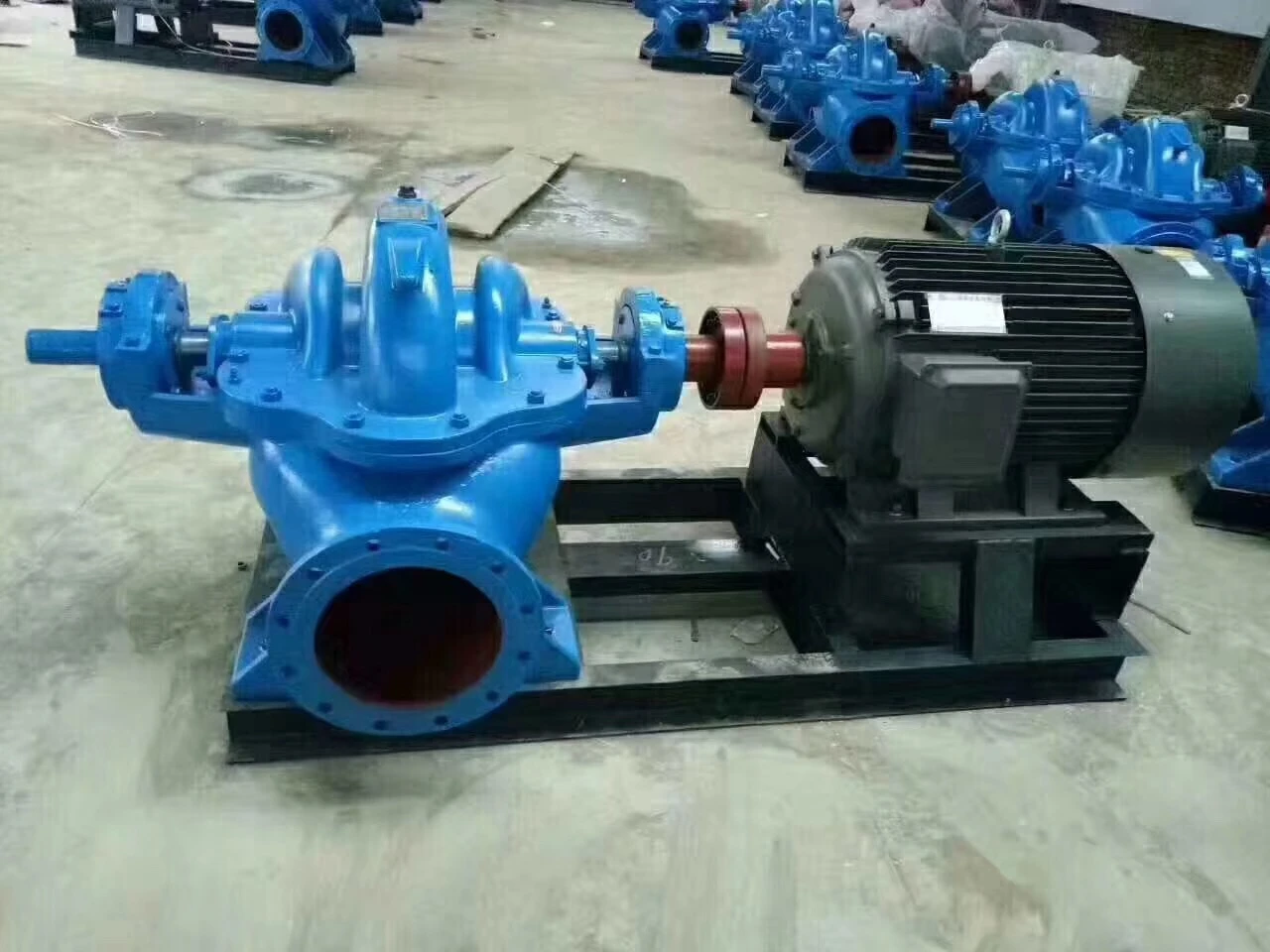Khmer
- Afrikaans
- Albanian
- Amharic
- Arabic
- Armenian
- Azerbaijani
- Basque
- Belarusian
- Bengali
- Bosnian
- Bulgarian
- Catalan
- Cebuano
- Corsican
- Croatian
- Czech
- Danish
- Dutch
- English
- Esperanto
- Estonian
- Finnish
- French
- Frisian
- Galician
- Georgian
- German
- Greek
- Gujarati
- Haitian Creole
- hausa
- hawaiian
- Hebrew
- Hindi
- Miao
- Hungarian
- Icelandic
- igbo
- Indonesian
- irish
- Italian
- Japanese
- Javanese
- Kannada
- kazakh
- Khmer
- Rwandese
- Korean
- Kurdish
- Kyrgyz
- Lao
- Latin
- Latvian
- Lithuanian
- Luxembourgish
- Macedonian
- Malgashi
- Malay
- Malayalam
- Maltese
- Maori
- Marathi
- Mongolian
- Myanmar
- Nepali
- Norwegian
- Norwegian
- Occitan
- Pashto
- Persian
- Polish
- Portuguese
- Punjabi
- Romanian
- Russian
- Samoan
- Scottish Gaelic
- Serbian
- Sesotho
- Shona
- Sindhi
- Sinhala
- Slovak
- Slovenian
- Somali
- Spanish
- Sundanese
- Swahili
- Swedish
- Tagalog
- Tajik
- Tamil
- Tatar
- Telugu
- Thai
- Turkish
- Turkmen
- Ukrainian
- Urdu
- Uighur
- Uzbek
- Vietnamese
- Welsh
- Bantu
- Yiddish
- Yoruba
- Zulu
Telephone: +86 13120555503
Email: frank@cypump.com
ធ្នូ . 06, 2024 03:34 Back to list
Efficient Solutions for Wastewater Transfer with Septic Transfer Pumps in Residential Systems
Understanding Septic Transfer Pumps Essential Tools for Septic Systems
Septic systems are an essential part of rural and suburban living, providing a means for sewage and wastewater treatment where municipal systems are unavailable. These systems rely on various components to function effectively, and one of the critical elements is the septic transfer pump. Understanding what septic transfer pumps are, their purpose, and how they work can help homeowners maintain their systems and avoid costly repairs.
What is a Septic Transfer Pump?
A septic transfer pump is a type of pump specifically designed to move wastewater and effluent from one part of a septic system to another. Typically, it is used in systems where gravity alone cannot transport the waste. These pumps are particularly valuable in systems with raised drain fields or when the leach field is situated at a higher elevation than the septic tank.
The Role of Septic Transfer Pumps
Septic transfer pumps serve a vital function in ensuring that wastewater is efficiently moved from the septic tank to the drain field or other treatment areas. After wastewater has undergone initial treatment in the septic tank—where solids settle, and bacteria break down organic matter—the effluent is ready to be released into the soil for further treatment. If gravity does not suffice to carry the effluent away, a transfer pump becomes necessary.
In some cases, a septic system may employ multiple transfer pumps, especially in large properties or those with complex layouts. The use of these pumps helps prevent wastewater backing up into the home or overflowing, which can lead to unsanitary conditions and expensive cleanup.
How Septic Transfer Pumps Work
septic transfer pump

Septic transfer pumps operate by using an electric motor to drive an impeller, which pushes the effluent out of the tank and into the drain field. These pumps are typically submerged in the septic tank and are equipped with float switches that activate the pump when the liquid level reaches a certain height. This mechanism helps regulate the flow of wastewater and ensures that the system operates efficiently.
There are different types of septic transfer pumps, including submersible pumps and centrifugal pumps. Submersible pumps are designed to operate underwater, making them efficient for septic applications. Centrifugal pumps, on the other hand, are often used for higher pressure applications but can be more challenging to install in septic systems.
Maintenance and Care
To keep your septic transfer pump functioning properly, regular maintenance is crucial. Homeowners should routinely check the pump and its components for signs of wear or malfunction. This includes inspecting the electrical connections, cleaning the impeller, and checking the float switch for smooth operation. Additionally, it is important to avoid putting harmful substances down the drain, as they can damage the pump and the septic system.
Professional inspections and maintenance can also be beneficial. Experienced septic system professionals can identify potential issues before they become significant problems, helping to extend the life of the pump and the entire septic system.
Conclusion
Septic transfer pumps are indispensable for homeowners relying on septic systems, especially in areas where gravity cannot facilitate the flow of wastewater. Understanding their purpose, operation, and maintenance can empower property owners to manage their septic systems effectively. By investing time and effort into regular upkeep, homeowners can save money and ensure their systems operate smoothly for years to come. Whether for a new installation or maintaining an existing system, knowledge about septic transfer pumps is essential for efficient wastewater management.
-
ISG Series Vertical Pipeline Pump - Chi Yuan Pumps Co., LTD.|High Efficiency, Energy Saving, Low Noise
NewsJul.30,2025
-
ISG Series Vertical Pipeline Pump- Chi Yuan Pumps|High Efficiency&Low Noise
NewsJul.30,2025
-
ISG Series Vertical Pipeline Pump-Chi Yuan Pumps Co., LTD.|High Efficiency&Energy Conservation
NewsJul.30,2025
-
ISG Series Vertical Pipeline Pump - Chi Yuan Pumps Co., LTD.|Advanced Hydraulic Design&Energy-Efficient Solutions
NewsJul.30,2025
-
ISG Series Vertical Pipeline Pump - Chi Yuan Pumps Co., LTD.
NewsJul.30,2025
-
ISG Series Vertical Pipeline Pump - Chi Yuan Pumps Co., LTD.|energy-efficient fluid handling&industrial durability
NewsJul.30,2025










